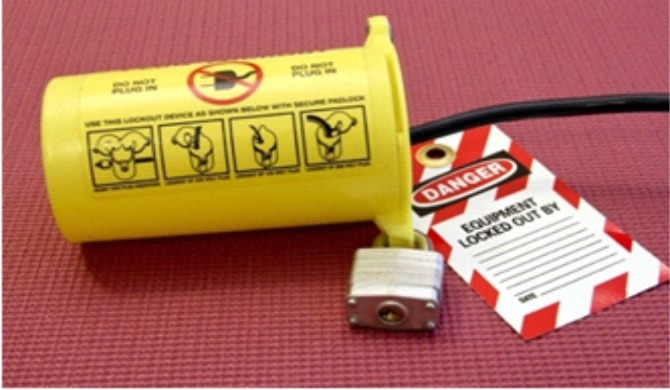
There's normally a problem when production equipment isn't running. Skilled production workers are taught the importance of keeping the line running. It is no wonder that equipment is mistakenly restarted hundreds of times each year with deadly consequences for unseen employees who were within the unlit inner workings of equipment.
Most companies and most countries have lockout tag out rules and procedures to ensure equipment is made safe prior to servicing and maintenance tasks. Even when workers are perfect, execution of imperfect procedures can still result in 'accidents' - this is why it is so important to verify a zero energy state prior to beginning work on equipment. Lockout tagout verification is one very important safeguard, but there is more to a successful hazardous energy control program.
Companies must strive to reduce the amount of work performed under lockout protections. Companies must strive to reduce unplanned, reactive, and "emergency" servicing and maintenance tasks. Companies must make lockout and tagout compliance easy, because it's human nature to do what's easiest (including taking risky shortcuts when the safe way isn't the easiest way). While training should happen in the classroom, learning should never end so companies need to ensure that procedure inspections and incident investigations are being leveraged to raise lockout tagout awareness. Companies cannot wash their hands of employee misconduct (the behavior we are getting is what the environment supports). Supervisors and managers can shape an environment supporting safe choices and discouraging unsafe ones. Companies must consider environmental influences before blaming, shaming, retraining, firing or suspending workers for lockout tagout
Copyright © 2024 - All Rights Reserved - Vision Media Hitech Pvt. Ltd.
Designed by VMH Web Solutions

